
back to Elongated Skulls from Ancient Races on Earth

|
There is not much available, in regards to elongated skulls, or dolichocephalic skulls, in Africa, except Egypt. So I have divided this section in just two parts: |
..........................................
|
Would it surprise you that there are a lot of people with dolichocephalic skulls, or long heads in Africa? On a bulletin board someone quoted from 1939 publication by Raymond A. Dart (1893-1988), and an Australian anatomist and anthropologist) who recorded the cephalic index of 2,861 Egyptian skulls spanning the pre-dynastic and all dynasties. Dart was s professor of Anatomy at the university of Witwatersrand, in Johannesburg, South-Africa. in His "Population fluctuation over 7000 years in Egypt" he shows that: Only 1% of pre-dynastic Egyptian skulls are brachycephalic (round or spherical): El Amrah 1% (101 skulls), Nagada, 1.9% (314 skulls), El Badari 0% (79 skulls). From Dynasty I to VI (Old Kingdom), brachycephaly does also not exceed a single percent. However during the First Intermediate Period of Egypt 2181–2055 BC or Dynasty IX, 11.6% of skulls are brachycephalic or round. In other words, In ancient Egypt most of the Egyptians were dolichocephalic, or had long heads.
Nefertiti
In the 1300 B.C. century we find a well-known family of long skull people as rulers of Egypt. Akhenaton and his wife Nefertiti, and their daughters had clearly very elongated skulls. Akhenaton's father and mother are Amenhotep III and his wife Tiye. The parents of Nefertiti are not known. Akhenaten and Nefertiti were quite different from the previous rulers. They did away with the multi-god pantheon, and introduced the mono-theistic sun god as the only one to worship. They disempowered the priest class that now was loosing its grip on the masses. They eventually managed to dethrone the Akhenaton family. Their fate is not known, aside from Tutankhamen who died as a boy. Up to their reign, pharaohs were always depicted in an idealized form. Akhenaton and Nefertiti were the first Egyptian rulers who had realistic sculptures and statues made of their physical body. Below we will explore the Akhneaten family, and also the Ramses lineage whose mummies also show dolichocephalic, or long skulls.
All members had dolichocephalic, or long skulls. Their skull extend way back, much further than what we find in the rest of Europe with the dolichocephalic Neolithic people. There is some variance though in the form of their skull. The daughters had a longer and more round skull, than that of Nefertiti. Because Akhenaten was always depicted with a large headdress or hat, we can only surmise that he must have had a very long head too. Based on recent DNA tests, the mummy from burial site KV55, found in 1907, and which was unidentifiable, is now claimed to be from Akhenaten. As you will see below, the skull of that mummy is only medium long, so I suspect it might be from another family member. The same for the "Younger Lady Mummy" found in tomb KV35. DNA tests of this mummy has been identified as the possible mother of the Pharaoh Tutankhamen, and a daughter of Pharaoh Amenhotep III and Queen Tiye. Again, it still might be another family member. There is another reason why this might not be Nefertiti. In 2015, Egyptologist Nicholas Reeves discovered sign on the walls of the tomb of Tutankhamen that possibly are doorways in other chambers not yet discovered. He thinks that the tomb originally had two more chambers and was actually the tomb where Nefertiti was buried. When Tutankhamen unexpectedly died, they sealed off the two deepest rooms where Nefertiti was put to rest, plastered over the walls, and used the front rooms for Tutankhamen. Unfortunately Hawass does not want the walls to be breached. Nicholas Reeves reached this conclusion using circumstantial evidence, such as the presence of Nefertiti’s iconography on the walls, and the 'burial equipment' – shrines, sarcophagus and masks – that appears to have been passed down from her deceased husband, and not intended for his son. Several years ago, I read, from another source, that the contents of Tutankhamen's tomb do not resemble the customary funerary items. It rather looks like the tomb was hastily, and disorderly, stuffed with the furniture that came from the Akhenaten and Nefertiti's palace in Amarna. With the death of the young Tutankhamen, the priesthood had taken full control again over the political and religious landscape, installing polytheism again, and putting a new pharaoh in place that supported their own interest. The priesthood were so full of hate against the Akhenaten family, and their monotheism, that they completely demolished the Amarna palace to its foundations. So it is quite plausible that they dumped the furniture in the tomb of Tutankhamen. Tutankhamen himself is kind of an oddity too. From the moment his tomb was opened it was clear his skin was black all the way. So one of his parents might have been from a black African. Not only was the Pharaoh's body black, it was of the sub-Saharan type. His dolichocephalic skull that is typical of the East African Nilotic population (=peoples indigenous to the Nile Valley that speak Nilotic languages), especially the Kalenjiin and Maasai. These are the populations whose skulls produce a cephalic reading of between 73 and 75, which is what Tutankhamen's bust exhibits. The 73 - 75% manifest in the modern East African populations. This is confirmed by Seligman as follows: “Masai, Nandi, and Turkana give a cephalic index of 73-74 (which, being under 75, is dolicocephalic, i.e. the head is prominently long from forehead to back of head and narrower from side to side)..."(Seligman, 1966:104). For the ancient Egyptian population we have the following authoritative conclusion to compare with the aforegoing: Batrawi (1945/46): "The pre-dynastic Egyptian was of medium height, about 66 inches in flesh, and dolichocephalic, with an index, as regards Naqada crania of 73 (corresponding to 75 in the living)." (Source: RediscoverAfrica.net) |
Statues:
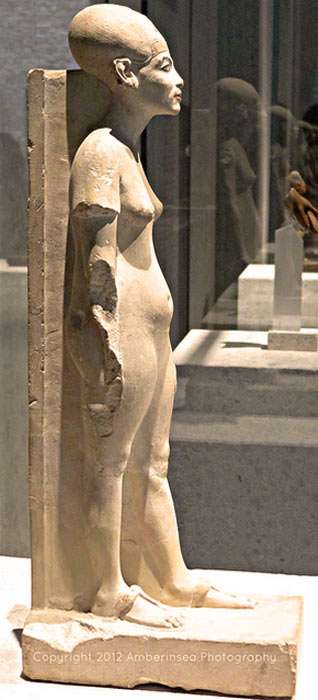
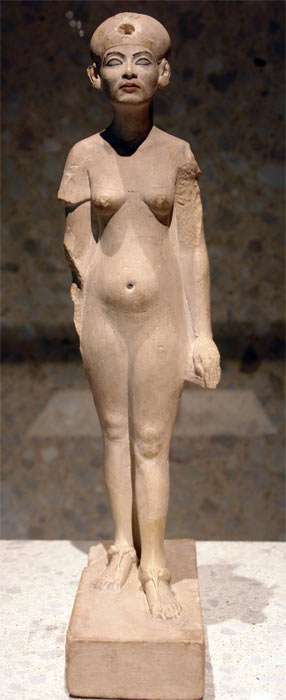 Nefertiti |
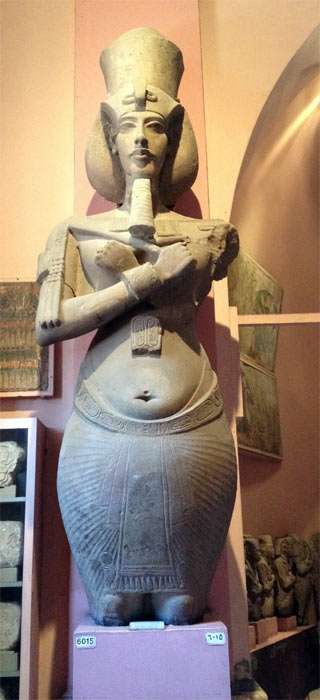 Akhenaten |
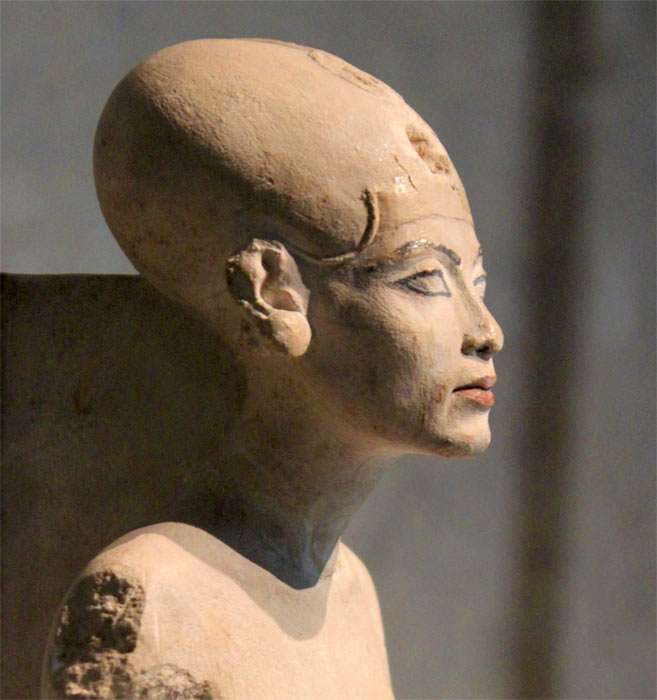 Detail of the statue of Nefertiti showing her elongated head. |
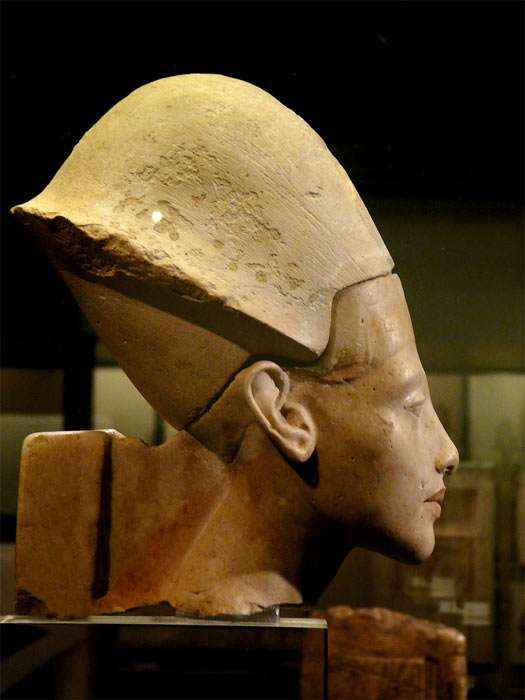 Akhenaten is always shown with headdress, but an elongated head might well fit underneath. The slope and form is similar to that of Nefertiti. |
|
Three of the six daughters of Akhenaten and Nefertiti: |
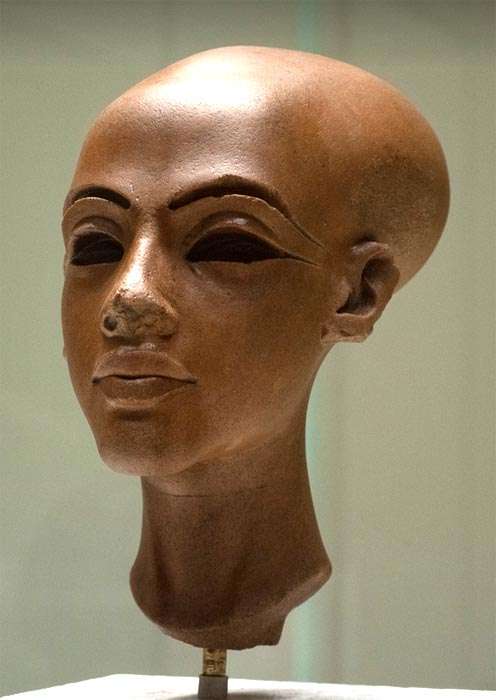 |
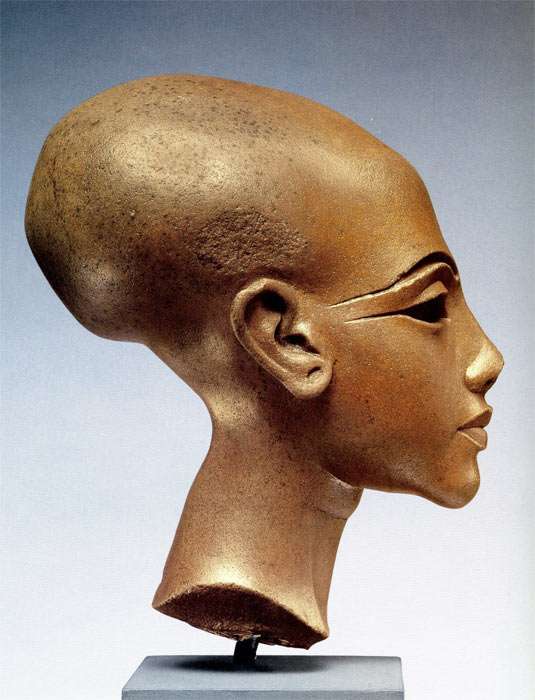 side view |
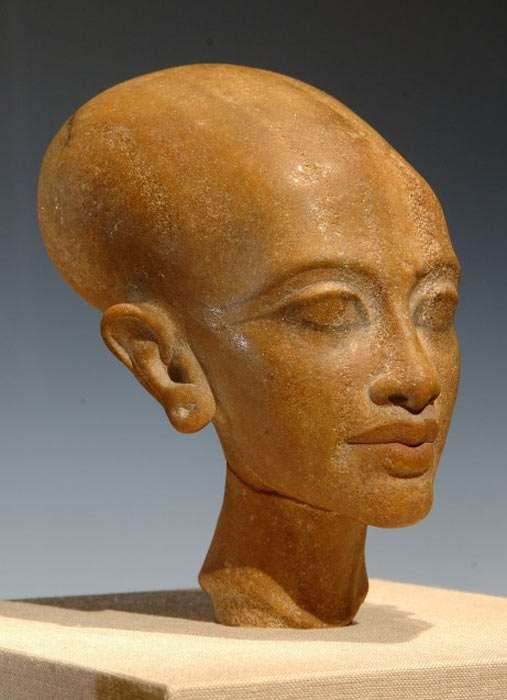 |
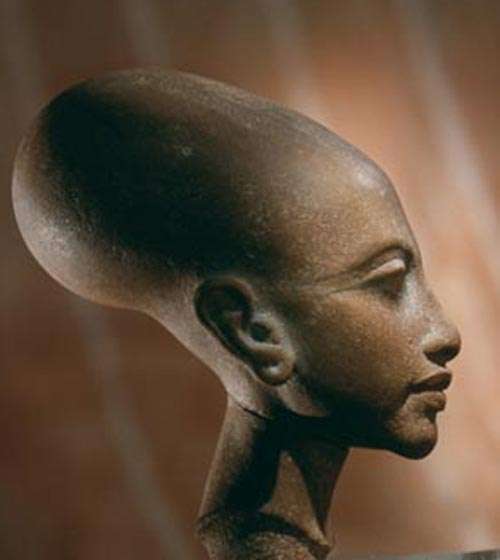 side view |
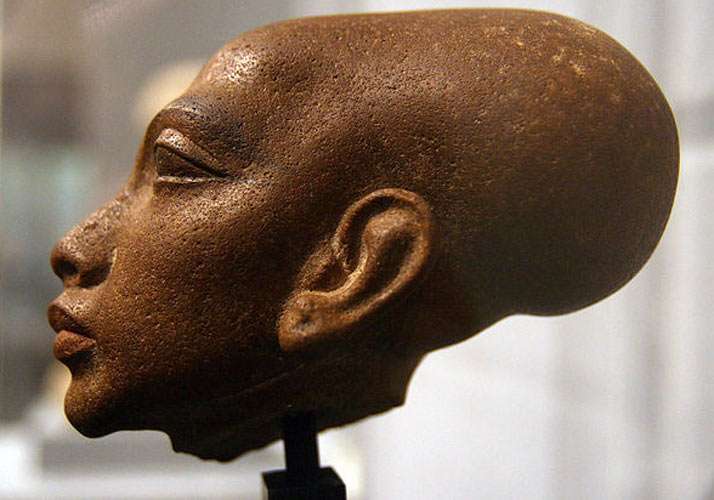 |
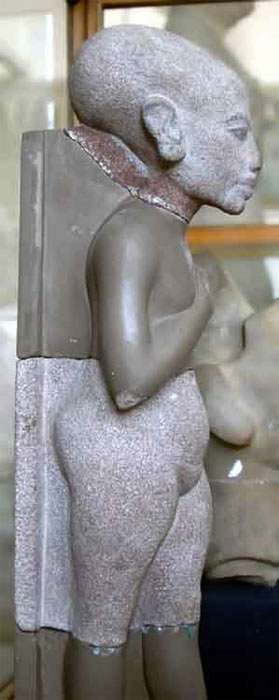 |
Tutankhamen:
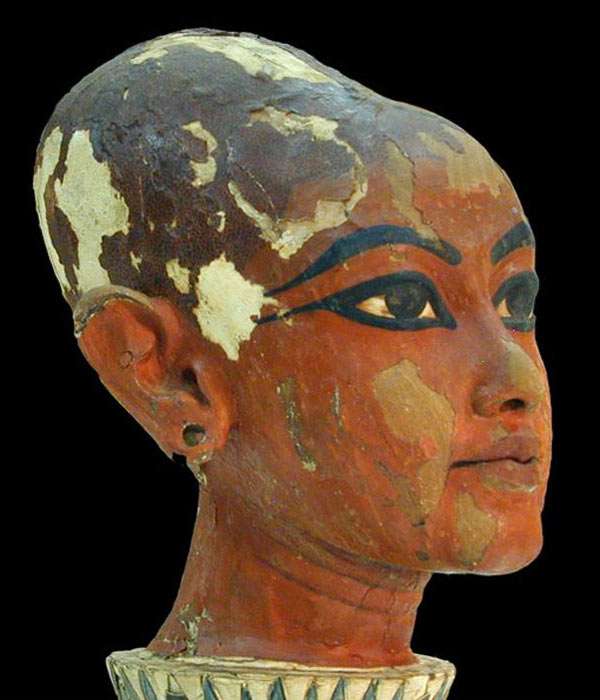 |
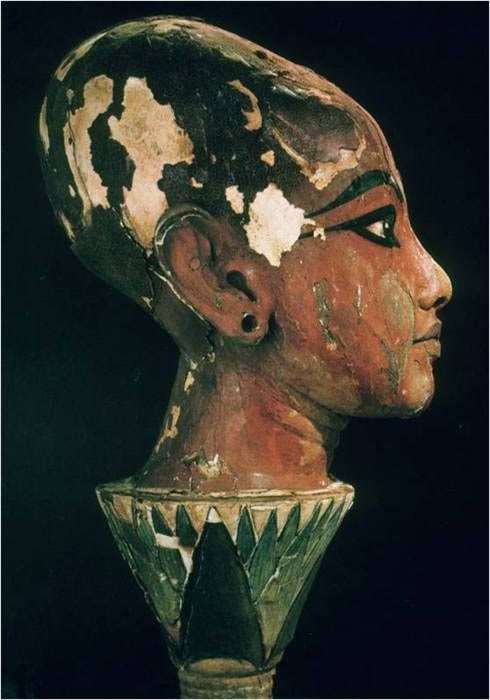 side view |
Mummies:
|
The following are the mummies from Akhenaten's family, which all show a long head. It is also of interest that Queen Tiye had red hair, and so did Ramses II. In Peru, the long skull people of Paracas also had red hair. |
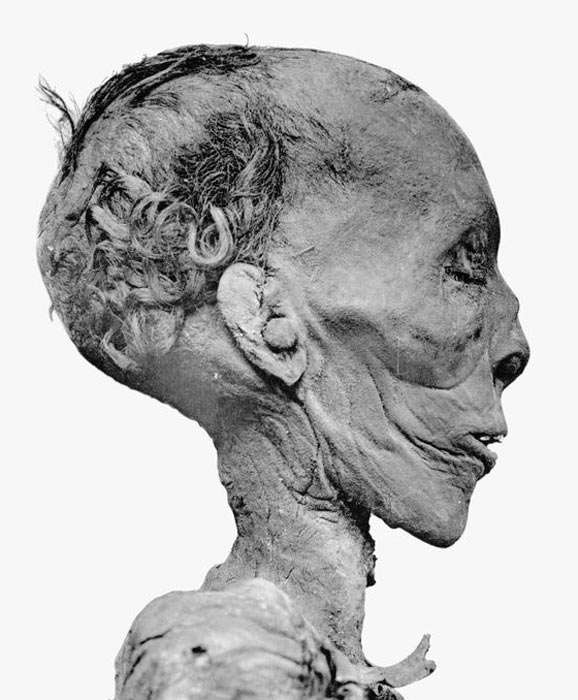 Mummy head of Thutmose II, father of Thutmose III, and grandfather of Akhenaten. |
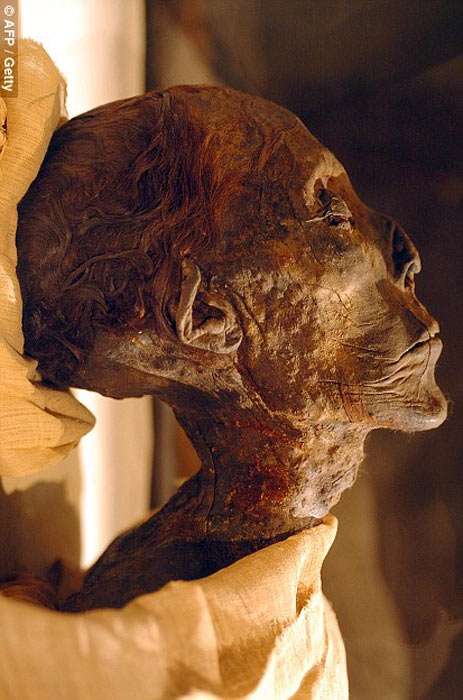 Mummy of Hatshepsut, wife of Thutmose II. |
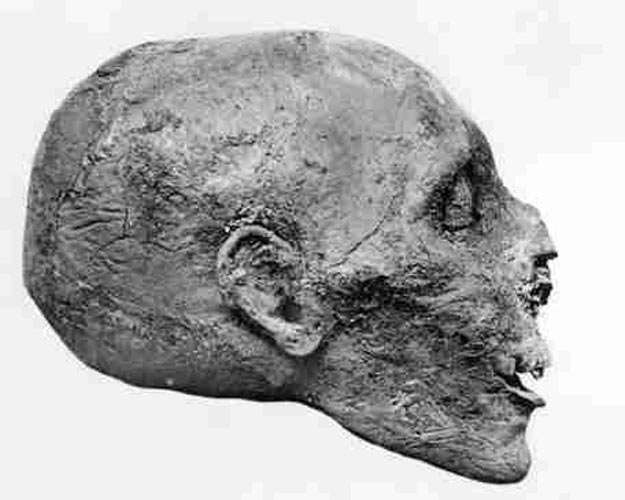 Mummy head of Thutmose III, father of Akhenaten. |
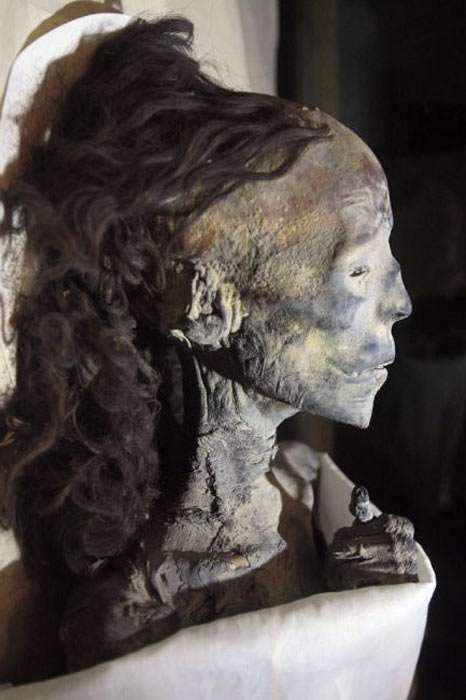 Mummy of Queen Tiye, mother of Akhenaten. She had red hair, like the long head Paracas people in Peru. |
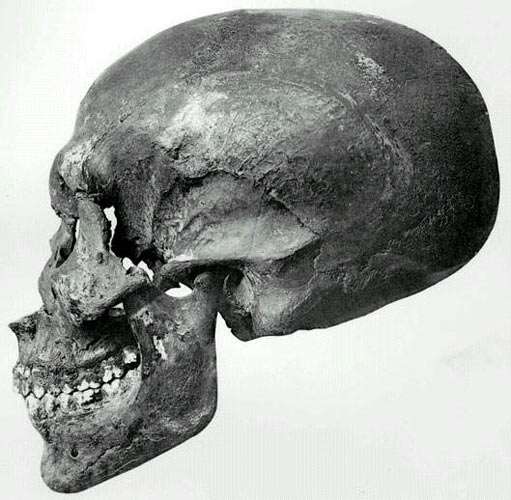 Skull from burial site KV55, found in 1907, which was unidentifiable, but which now is attributed to Akhenaten based on DNA results. |
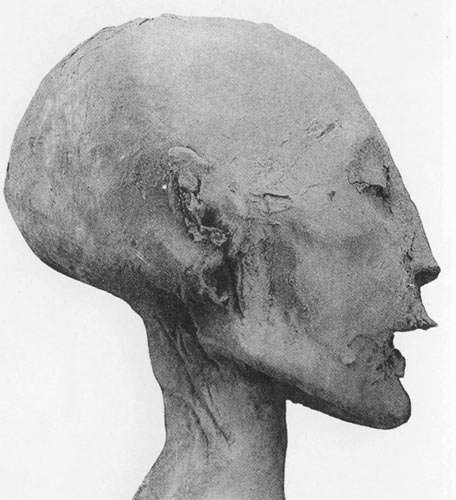 The "Younger Lady Mummy" found in tomb KV35. DNA tests of this mummy has been identified as possibly the mother of the Pharaoh Tutankhamen, and a daughter of Pharaoh Amenhotep III and Queen Tiye. It is still possible that Tutankhamen had another mother, especially because his skin color was black. |
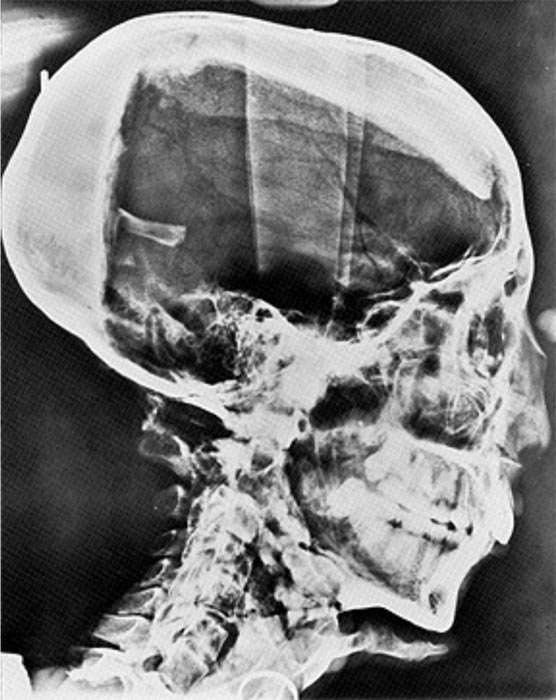 x-ray of the head of Tutankhamen |
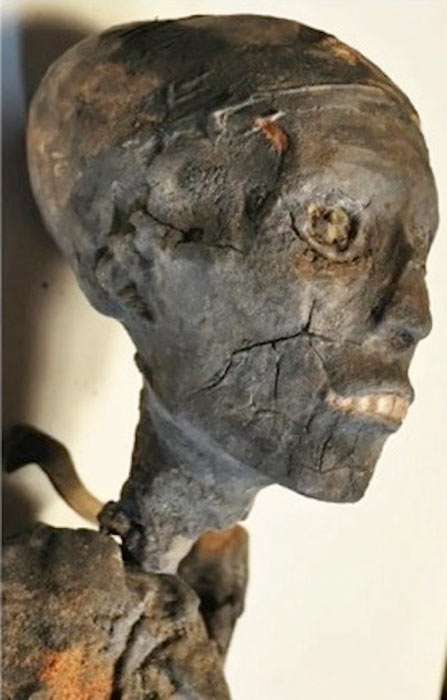 mummy of Tutankhamen |
|
In ancient Egypt, the Akhenaten family is not the only one with long skulls. Below is the lineage of the Ramses family. Notice the long heads. They are all dolichocephalic. By the way some of their members have been proven to have had red hair (like the long headed Paracas people in Peru). I have found the cephalic index of only Ramses II, which is 74, which makes his skull dolichocephalic. Judging from the pictures available of his lineage, the others are also dolichocephalic. They are very similar to the Neolithic dolichocephalic races of the Mediterranean region and the rest of Europe. |
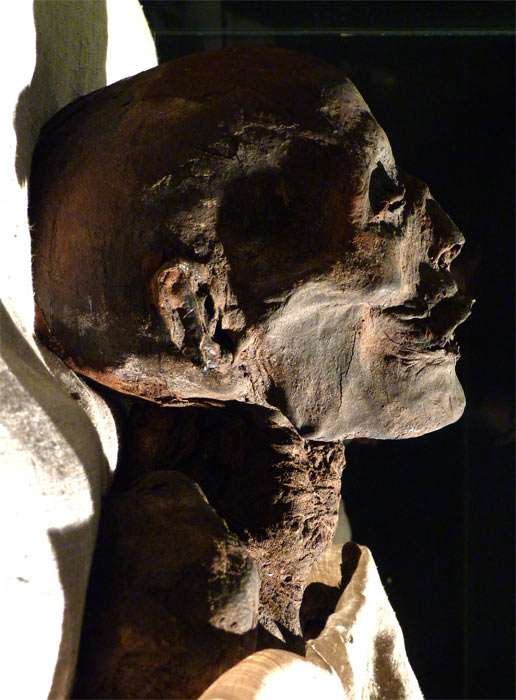 Mummy head from Ramses I. |
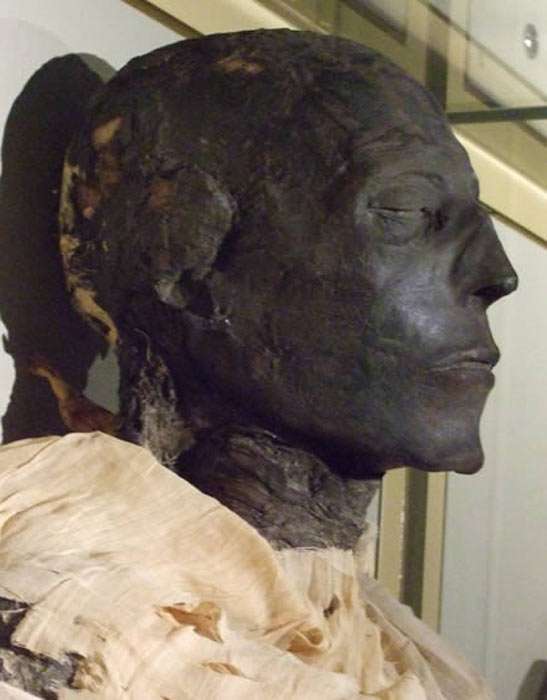 Seti I, who had red hair. Seti I was the father of Ramses II. |
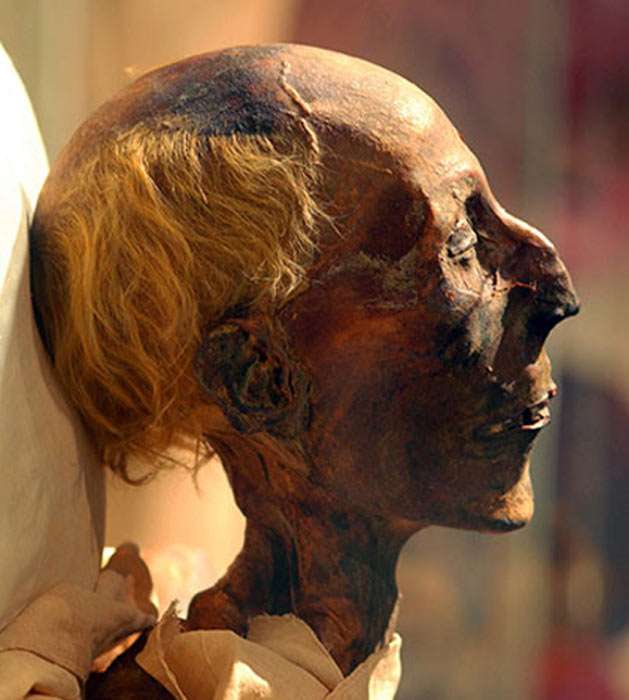 Ramses II: cephalic index of his skull is 74. and red hair. |
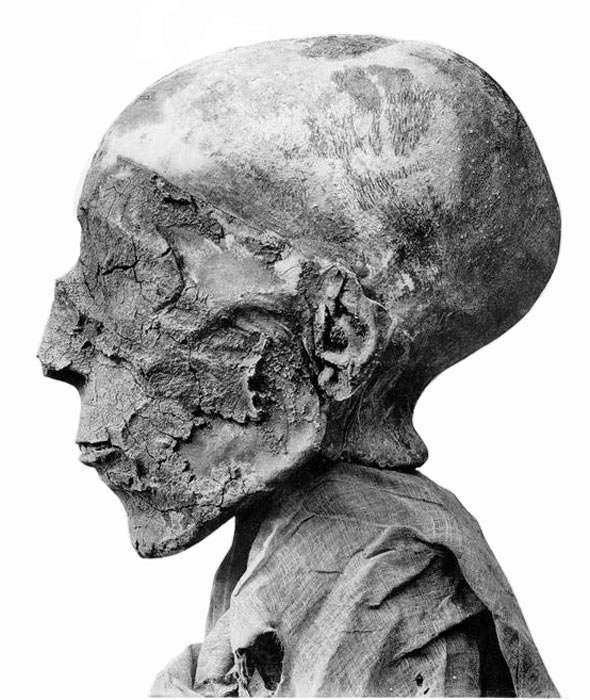 Mummy of Seti II. |
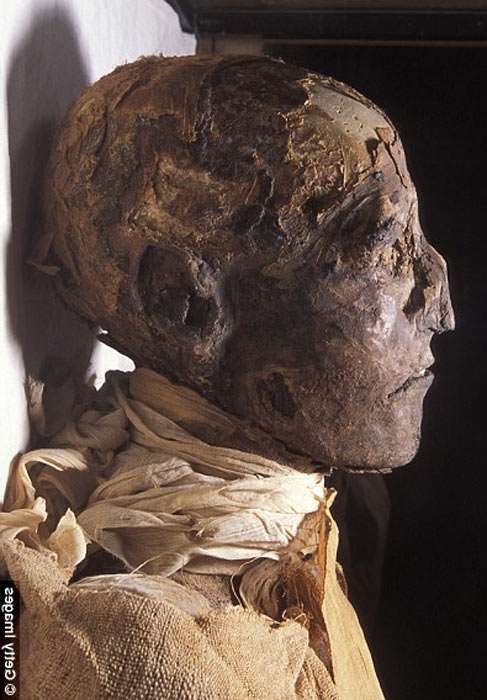 Mummy head of Ramses III. |
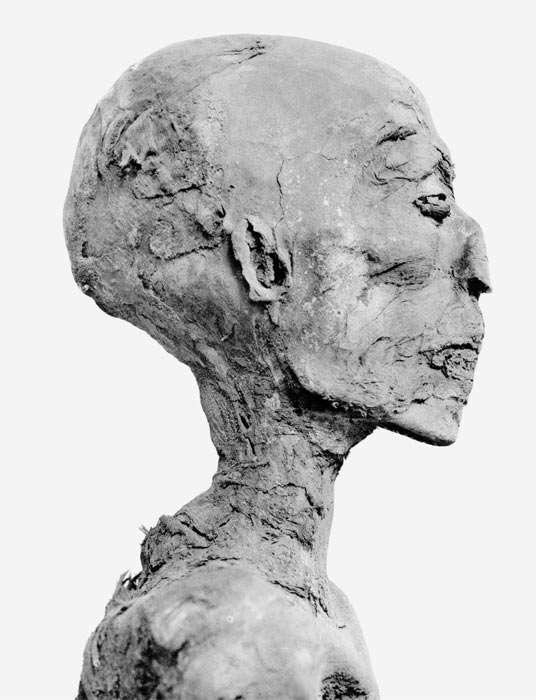 Mummy head of Ramses IV, son of Ramses III. |
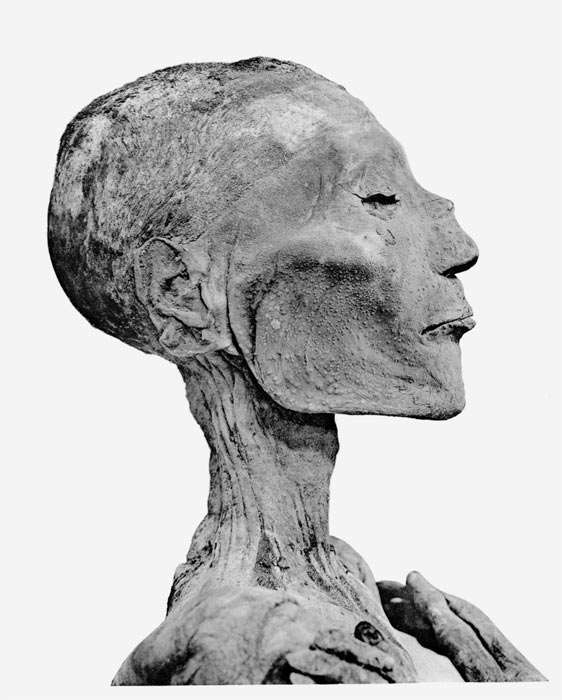 Mummy head of Ramses V. |
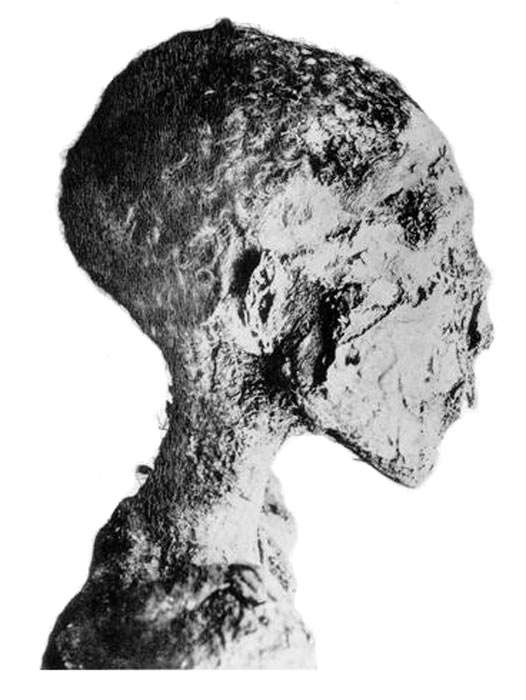 Mummy head of Siptah. He was a great-grandson of Ramses II. |
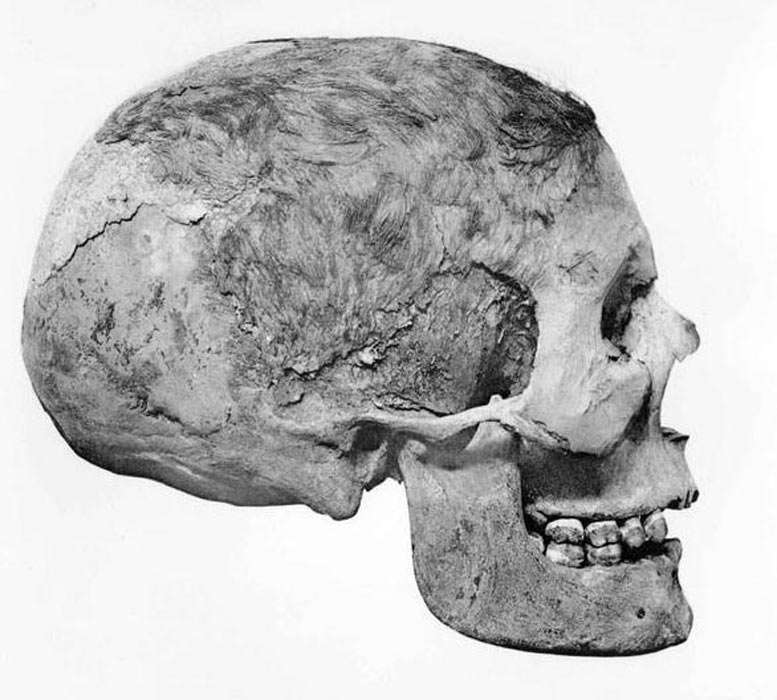 Skull from a mummy of an unknown young woman of about 21 years of age, from DB320 in the valley of Kings. Even more dolichocephalic than the mummies above. |
|
Africa had and still has populations with dolichocephalic skulls, or long heads. Below you will find out more in the context of other subjects, but here are some quotes I found: On the Geographical Distribution of the Chief Modifications of Mankind by Thomas Huxley, 1870: Negroes are almost invariably dolichocephalic. I have not met with more than one or two skulls with an index of 80, while indexes of 73, or less, are not uncommon. (page 566) The Bushmen of the Cape area must be regarded as a special and peculiar modification of the Negroid type. They are remarkable for their low stature, the males rarely much exceeding four feet in height, while the females may fall considerably below that stature. Both sexes are remarkably well made. The skin is of a yellowish-brown colour, the eyes and hair black, and the latter woolly. They are all dolichocephalic; ... (page 566) An Introduction To Physical Anthropology by Ashley,Montagu M.F., 1951, page 304: "Over a wide area of tropical Africa, extending from the Senegal river in the west to the Sudan, Uganda, and Northern Rhodesia in the east, and in the south to Lower Angola, there occurs a rather barrel-chested, short-legged, long-armed, stocky type of Negro characterized by a markedly protrusive lower face, retreating chin, prominent cheek-bones, and a somewhat sloping forehead. The head is generally long (dolichocephalic), ..." African Mores website: A description by Gillebert d’Hercourt in Etudes Anthropologiques sur Soixante-Seize Indigenes de l'Algerie in 1865 said the Kabyle crania that were studied were generally dolichocephalic. In fact the physical anthropological studies done on ancient and modern North Africans show that early North Africans were dolichocephalic like the Tuareg and other dark-skinned Berber tribes. |
|
There are a some pictures from African people who have skulls that are the result of head binding. head binding with cloth produces skulls that are narrow in width as the skull has been compressed. However there are present-day Africans that have dolichocephalic skulls, or long heads, that are entirely natural. Here are two pictures of people with skulls as the result of head binding, and three that are completely natural. |
The result of head binding:
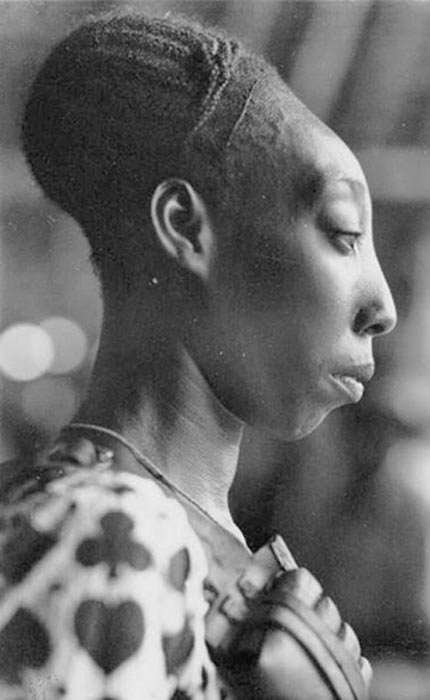 |
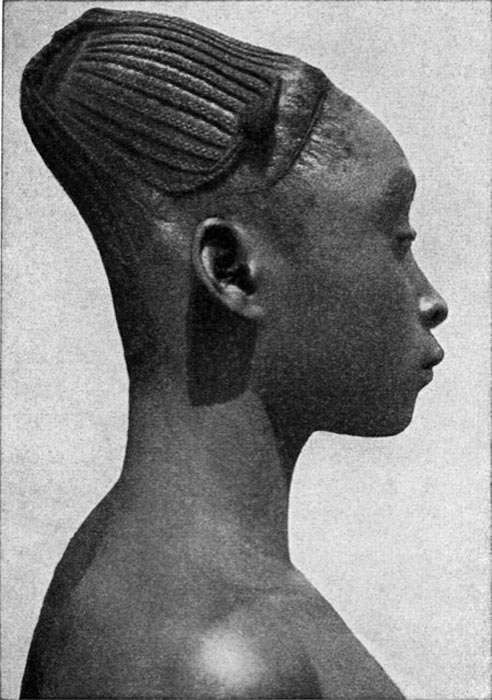 |
Natural long heads:
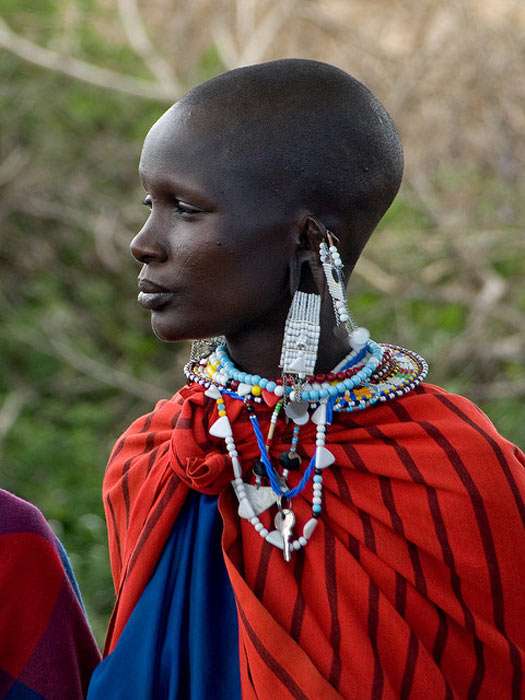 Maasai woman in traditional clothing and jewelry in the Serengeti National Park, Tanzania |
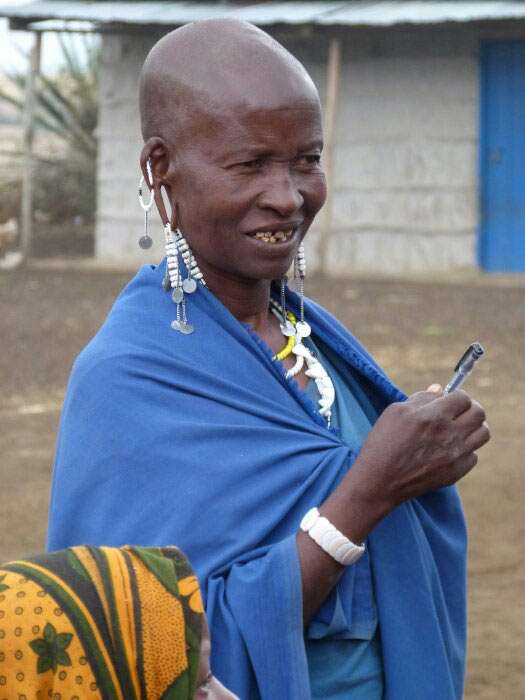 another Maasai woman |
 Sudanese children as refugees in Uganda. |